What is the difference between a screw and a self-tapping screw?
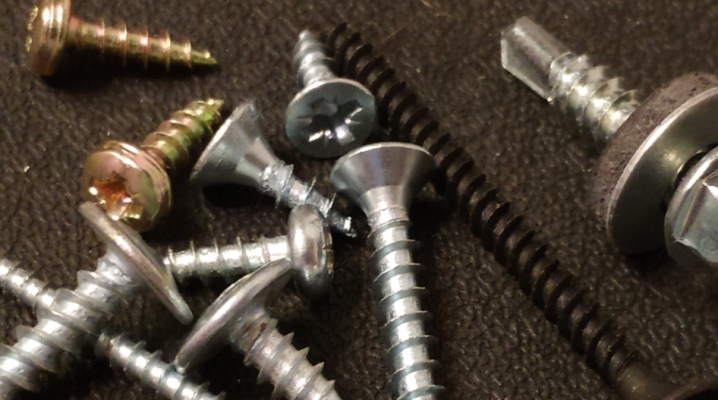
Any manual work requires tools and materials. Knowing their features greatly simplifies the selection of the right inventory. However, it can be difficult for beginners to understand the difference between certain instruments that are very similar. Most of the questions are caused by a screw and a self-tapping screw, which an inexperienced eye may not distinguish at all. To learn how to understand what exactly is to be dealt with, it is worth learning more about these fasteners.
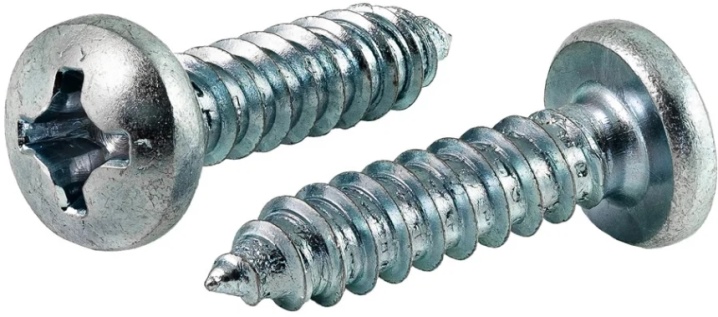
What it is?
To fasten several elements together, you can use different fastening materials, but traditionally the most popular and convenient are screws and self-tapping screws. Despite their external similarity, these products have certain differences. The first was invented a screw, it was used to connect wooden parts and instead of a screwdriver, a hammer was often used, which significantly complicated the dismantling of the finished product.
The emergence of a self-tapping screw is associated with the commissioning of a material such as drywall. Due to its versatile properties, the convenience of creating any structures, this material has become the main material for repair work. For fixing drywall sheets, suitable fasteners were needed, since the traditional screw was inconvenient and caused delays in the work. Due to the softness of the material, the cap often licked off after the first screwing in of the fastener, and it was impossible to reuse it. The use of hard screws was also impractical, since they were very brittle and often let the craftsmen down.
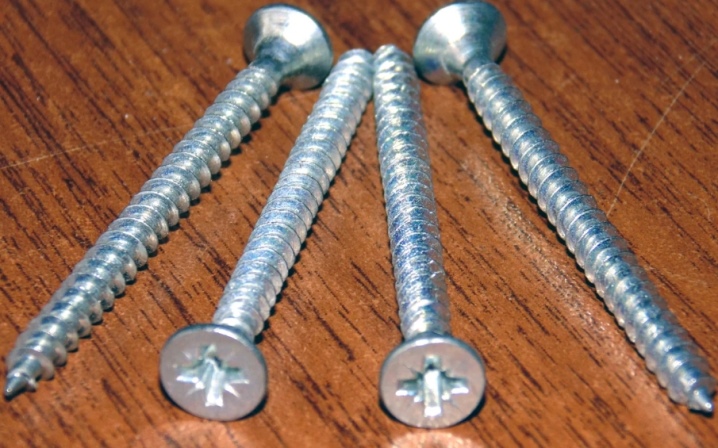
The self-tapping screw, in fact, is a follower of the screw, outwardly they are very similar, but the self-tapping screw has certain differences, thanks to which it became possible to comfortably work with these fasteners, using them repeatedly. Due to the popularity of the new type of screw, the old version has become less popular, however, it is still used for certain tasks to this day. Self-tapping screws are produced in different sizes, with different thread pitches and a variety of specific features that allow them to be used in many cases.
For easy screwing in of the screw, it is recommended to first drill a hole for it, and then start screwing. The self-tapping screw has a thinner stem, so it is easier to screw it in. For a screw, the thread goes from the tip and does not reach the head, while the self-tapping screw is completely covered with thread, which facilitates the process of entering the product into the surface. For each material there is the most suitable option for fasteners and, knowing about the features, you can choose the tools more correctly and rationally.
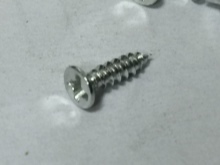
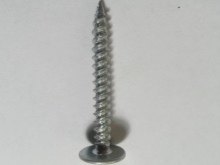
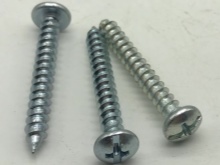
Wood screws
Outwardly, the screw resembles a metal rod, on which a thread is partially applied. They can be used for screwing into different materials, which affects the appearance of this fastener. This type of fasteners is recommended for products from a soft base. For the screw, you should drill about 70% of the way to screw it on fairly easily. To work properly with screws, it is important to be able to select the correct diameter drills that will provide a moderately easy movement of the fastening material into the surface.
The use of screws is recommended for those products that have moving parts. Thanks to the special design of the fasteners, it is possible to achieve immobility and strength of the entire structure, which allows you to be confident in the quality of twisting of the parts.
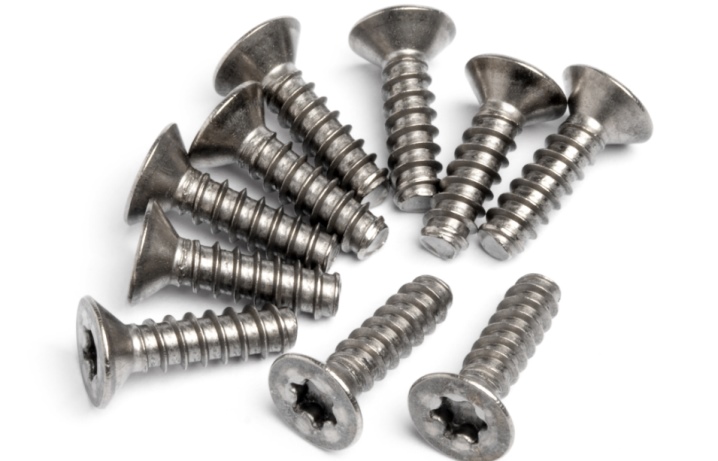
Due to the fact that screws are used for various products and materials, it is worth considering their classification in order to be able to correctly select fasteners:
- shape and type of cap - can be semicircular, countersunk, hexagonal, square;
- tip differences - products with a blunt end are used for screwing into plastic, with a sharp edge are needed for other cases;
- based on the type of thread - single-start option is large, frequent and small varieties, double-start thread with the same or variable heights;
- on the slot - cruciform, straight, hexagonal varieties.
Various types of screws make it possible to successfully use them for reliable fastening, however, due to the advent of more modern fasteners, their popularity has seriously declined.
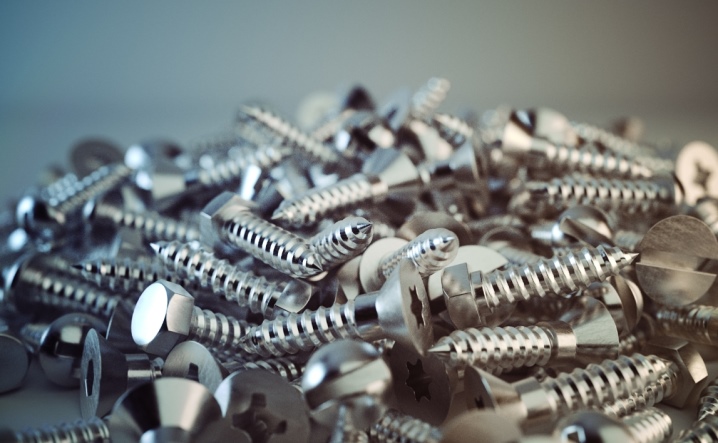
Self-tapping screws
Self-tapping screws appeared relatively recently and gained immense popularity all over the world. These fastening materials are not fundamentally different from the screw, since they have the same cylindrical shape and are made of metal, but due to some peculiarities, they made it possible to speed up the screwing procedure, which was of no small importance. For the production of self-tapping screws, stainless or carbon steel is used; for protection against corrosion, they are phosphatized, galvanized or oxidized.
Unlike screws, self-tapping screws attach products to a solid base, fasteners are more securely screwed into the surface due to the presence of a full thread from the tip to the head of the product. The peculiarity of the new fasteners is that their thread has a special structure, which allows you to independently make a hole for a self-tapping screw, which eliminates the need to use a drill.
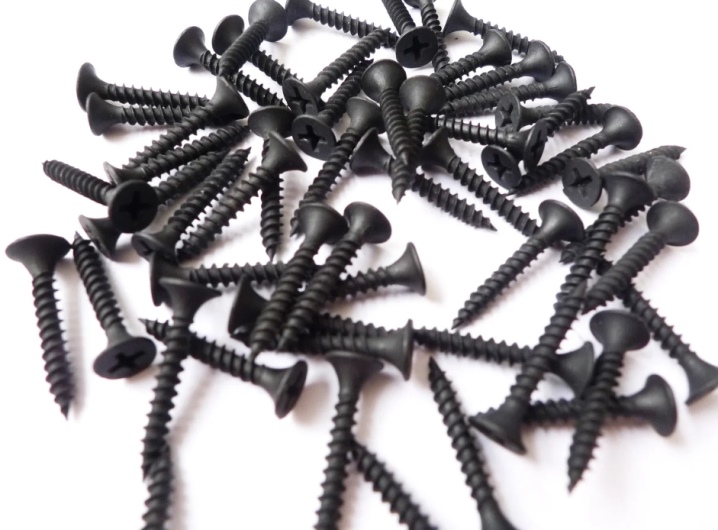
The particular popularity and ease of use of self-tapping screws has made it possible to create a wide variety of these products, which can be displayed in the classification.
- Appointment. They are successfully used for working with metal, plastic, wood and plasterboard products.
- Head view. Semicircular, cylindrical, countersunk, press washer for roofing, with a truncated cone, hexagonal head shape.
- Tip type. Sharp or drill-like, needed for screwing into metal parts.
- On the slot. Straight, cruciform, hexagonal varieties.
- By carving. Close-pitch fasteners are suitable for metal and plastic products, with small-pitch fasteners for wooden substrates. Mixed self-tapping screws have also been created, where the thread to the base becomes more frequent, which is convenient when working with concrete structures. The material of such a self-tapping screw will also differ - high-alloy steel is used for heavy materials.
Self-tapping screws are also convenient for screwing into gypsum fiber sheets due to the presence of a thread on the head, which makes it possible to drown them in the gypsum board, making them invisible. Each surface has its own type of self-tapping screws, and knowledge of the features of these fasteners will allow you to choose them correctly.
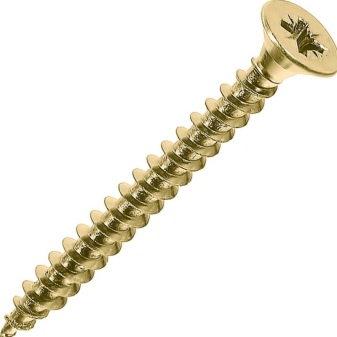
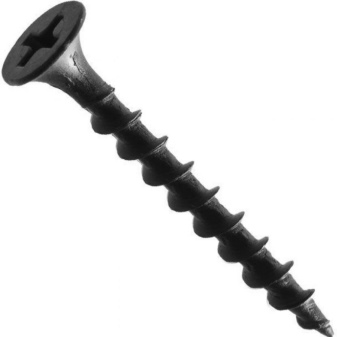
Where are they used?
Self-tapping screws with a large thread and a wide pitch are used for screwing into surfaces of a soft and loose structure: plastic, plasterboard, wooden, chipboard, MDF, fiberboard.
Fastening materials with fine and frequent threads are recommended for materials with high density and hardness: metal surfaces, dense wood and hard plastic.
Self-tapping screws with two-start threads have a special structure: they have a high and low thread on the base, which is convenient in the case of different surface densities. They are best used for twisting drywall and metal profiles.
A special variety are self-tapping screws for roofing work, which are tightened with a key, not a screwdriver, and have a large hexagonal head. The length and width of the fastener differs depending on the roofing material, but a mandatory element is a rubber washer, which prevents water from entering the hole and holds the self-tapping screw itself more tightly.



Self-tapping screws are recommended for:
- work with aluminum profiles in the process of creating structures;
- sheathing the frame with lining, drywall, sheet metal, profiled sheet;
- assemblies of kitchens, cabinets and non-separable structures;
- installation of double-glazed windows, work with plastic panels, fastening elements in the car interior.
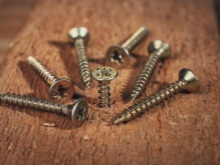
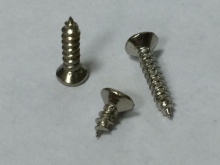
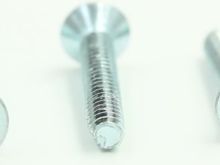
It is customary to use screws for work related to wood, mainly hard rocks, for which preliminary drilling of the surface is necessary. There are varieties of roofing screws that have a specialized large head that securely fixes the roofing material to a wooden base.

Screws are recommended for:
- installation of wooden flooring;
- installation work with MDF and OSB plates;
- creating stairs from wood;
- door frame installation;
- plumbing fixtures;
- fastening structures with movable elements.
There are also furniture screws and self-tapping screws, which are now called confirmates - they can have a sharp and blunt base, a flat head surface with a hexagonal recess. Understanding the difference in fastening materials, it is possible to most accurately determine the option that is needed for a particular case.
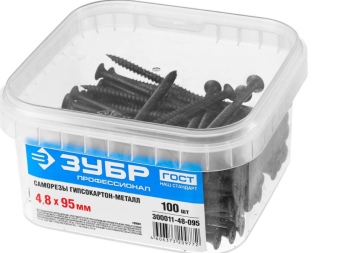
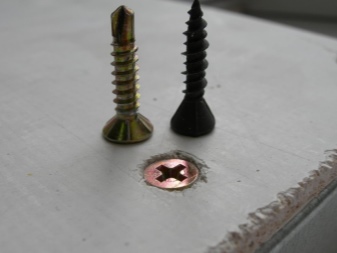
Major differences
Inexperienced craftsmen or people who are far from working with tools can get confused in the definitions of "screw" and "self-tapping", which can cause the wrong selection of fastening materials and complicate the main task. To easily cope with screwing fasteners into any base, it is important to understand what is the difference between these products. Differences are difficult to understand with the naked eye, but in work they are of great importance. To understand the difference between a screw and a self-tapping screw, it is more convenient to present a comparative table of these two products.
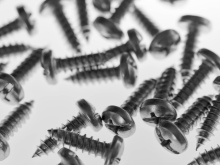
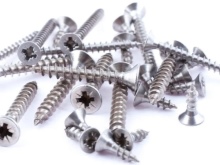

Differences | Screw | Self-tapping screw |
material | Crafted from mild steel | They are made from solid types of steel. |
treatment | No heat treatment or corrosion protection | During the production process, they undergo heat treatment, due to which they acquire greater strength, and corrosion treatment allows them to resist external factors. |
base shape | Blunt edge of the product | Sharp tip |
thread | Fine thread with small pitch | Coarse thread with a sufficiently large pitch |
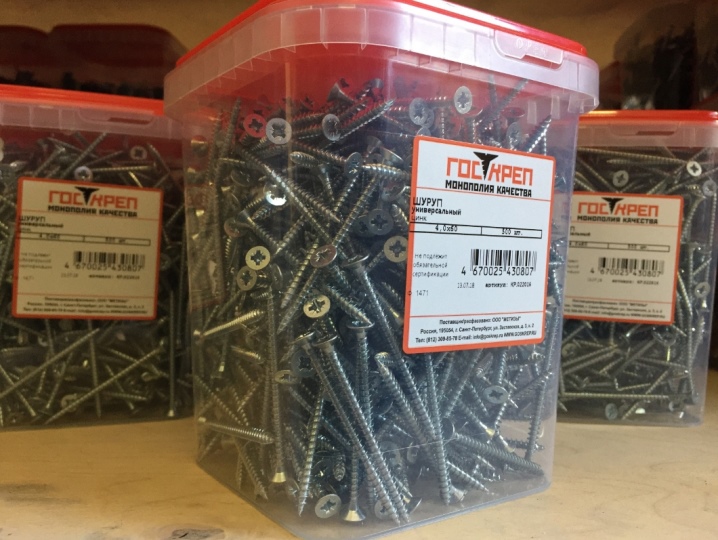
The data in the table is enough to distinguish a self-tapping screw from a screw, but there are still a number of features.
- When working with self-tapping screws, there is no need to drill the material, since the fasteners have a tip similar to a drill, well-cut threads and high strength, which allows the product to be used for working with wood, plastic, metal and concrete. For a durable and easy screw tightening, drilling the surface is indispensable.
- Self-tapping screws have high strength due to the passage of the hardening stage, which allows you to work even with strong materials, but despite all the positive qualities, they are fragile, so the head can be torn off or bite off with pliers. The screws are made of a softer material, so they do not break, but bend, which is more convenient for a number of cases.
- On self-tapping screws, the thread is applied to the entire rod, which allows the product to be screwed in to the very head and to fix it as much as possible. The screws have an incomplete thread, they have a smooth space under the head, which helps with tightening work, since the material does not crack during dynamic work.
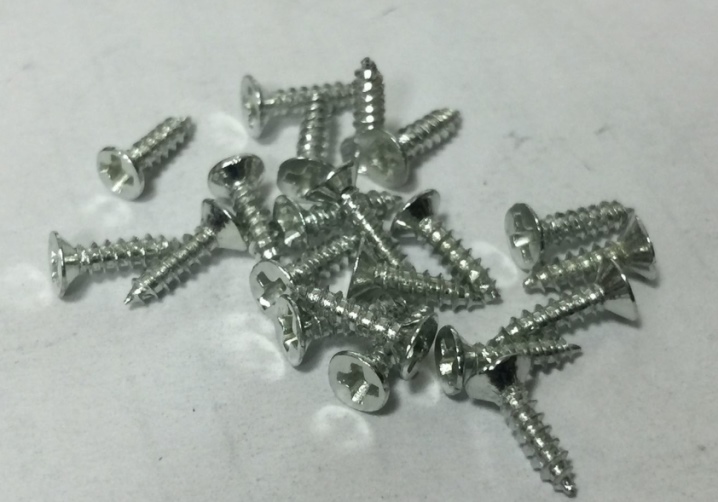
Self-tapping screws are more popular fastening materials, but it is impossible to completely abandon screws, since both of these products fulfill their task. The correct choice of fasteners will allow you to securely fix any parts and be confident in the quality of work.
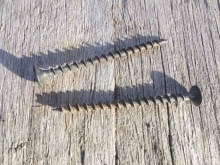
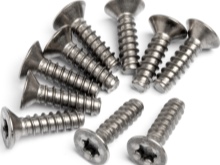
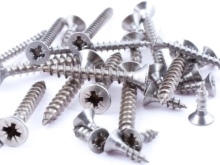
The following video describes how a screw differs from a self-tapping screw.













The comment was sent successfully.